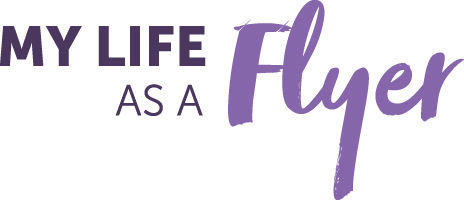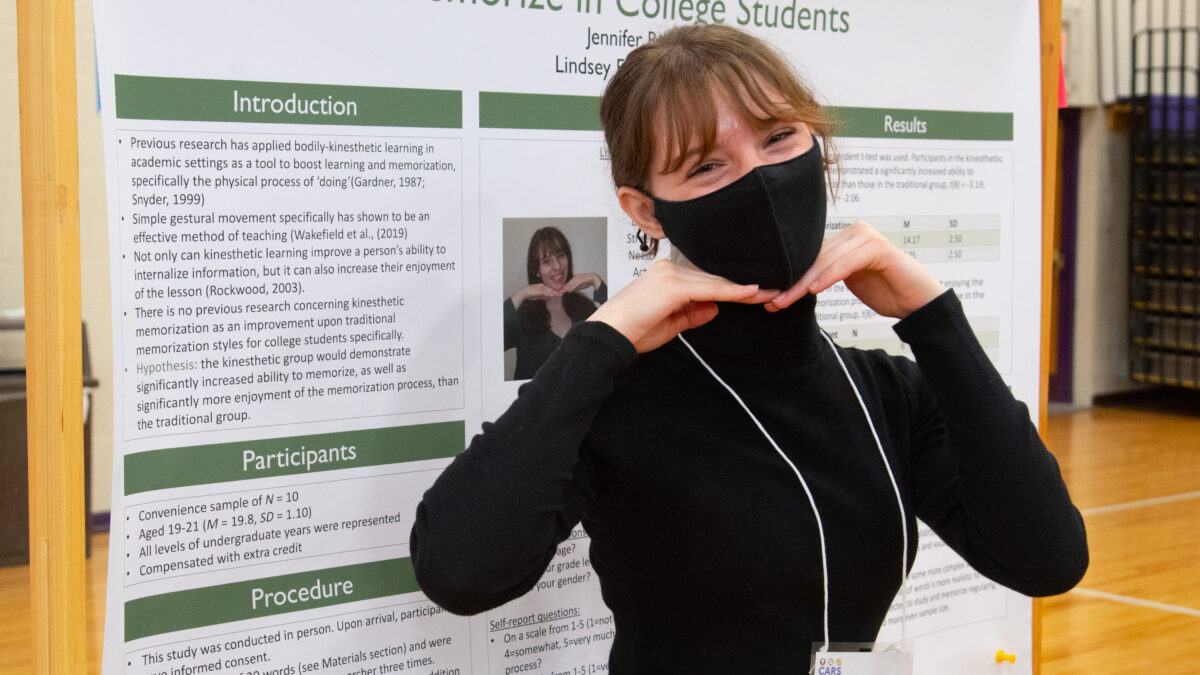As a rising senior and a double major with dance and psychology, I’d like to share some of the research that I conducted, and the opportunities I got as a result of that research. As part of the psych program, we are required to take two separate levels of psych statistics, and in the second level, we conduct our own research on a chosen topic. You are in charge of developing the concept of the study and getting it approved, conducting the research, and interpreting the results. Since you are really in control of the whole process, you can choose almost any topic of interest. So if you have any burning psychological questions, this would be your opportunity to try and get answers! Since the research was conducted as part of a class, I had the help of my professor, Dr. Lindsey LaPlant, throughout the entire process.
For my topic, I chose to research a concept that combines my two areas of interest, psychology and dance, called Kinesthetic learning, which is also known as movement-based learning. As a dancer, I have plenty of first-hand experience with this, since in all of my dance classes, you learn by physically moving through space. I personally found this to be an effective way to learn, and I was curious if this could also apply to helping college students learn, and specifically memorize, since we often have to memorize a long list of terms or concepts for classes and exams. Also, based on previous research and experience, I knew that some people prefer to learn in different ways (for example, some consider themselves ‘auditory’ learners, some are ‘hands-on’ learners, some are ‘visual’ learners, etc.), but there was little previous research that existed about movement-based learning, especially in college students, so I wanted to test its effectiveness for myself
I recruited two different groups of participants to be in my study, and both groups were tasked with memorizing the same list of 20 words by repeating them three times each. However, one group had a gestural movement that was assigned to each word that they would also do as the word was spoken, and one group did not, they just repeated the word. I found that the group of people who had a gesture that went along with a word memorized fourteen out of twenty words on average, while the group who didn’t have the gesture memorized eight out of twenty words on average. I was super excited and happy with my research, especially because I actually ended up getting a statistically significant result, which is rare considering the small number of participants that we usually have. This means that, through my research, I found that incorporating elements of Kinesthetic learning into the memorization process actually does help improve the ability to memorize.
The coolest part about this entire process was being able to conduct research that was relevant to both of my areas of study, psychology and dance. I have been a dancer for practically my entire life, and have always seen the value in being a physical, or movement-based learner. I have always felt that I learned better from being able to physically ‘do’ something instead of just sitting at a desk, and I’m sure many other students feel this way too, so being able to conduct research that supports the validity of my own experiences was super exciting! There are many students in all different degree paths at Nazareth who choose to double major, and there are always opportunities to find crossover between whichever majors you choose. Also, because of the research that I conducted, I was able to present during a poster session at the Creative Activity and Research Showcase (CARS) event held at Nazareth College, and I was also given the opportunity to represent Nazareth College at the annual Eastern Psychological Association (EPA) conference, which was held in New York City this year! Throughout this process, I not only gained new insights into both my fields of study, I was also able to learn about some of the different, exciting opportunities that are available to the students here at Nazareth.

